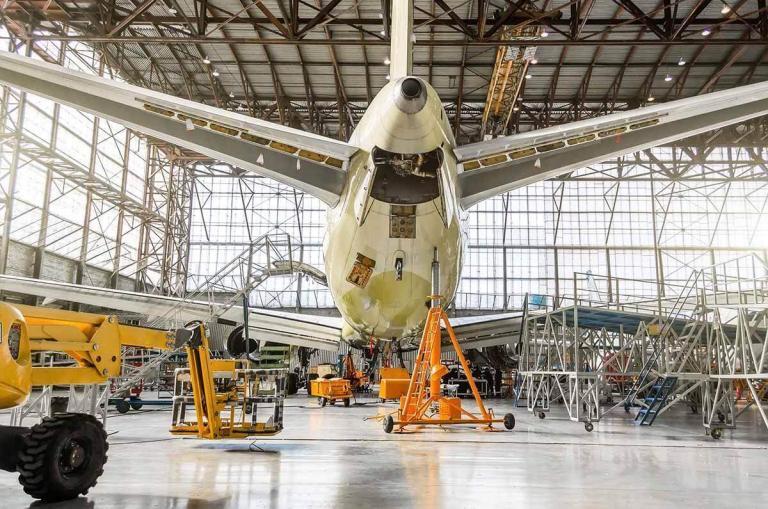Tire retail will be revolutionized by growth of new business models in the next 5 to 7 years. E-retail will be growing as customers continue to enjoy the convenience and discounts offered by e-retailing. Growing tire e-retailing will compel offline retailers to adapt to the trends in tire retailing. The market share of traditional tire retailers will decline as B2B and B2C customers migrate to purchase from tire e-retailers.
Apart from the challenge of growing e-retail sales, tire retailers face the challenge of low-cost imports from Asia. Growing imports of lower priced tires have hit the premium tire brands such as Goodyear, Michelin, and other mid-range brands such as Continental. These imports directly compete with replacement tires offered at a higher price.
Customers as well as dealers often find lower price points and higher margins more lucrative than premium replacement tires. This is supported by the fact that tire imports in both Europe and the United States are steadily increasing.

Tire imports in the United States from top 10 countries were 160 million units in 2014, of which China contributed 38%. Other major Asian countries that contributed to tire imports in the United States were South Korea, Thailand, Indonesia, and Taiwan.

Tire imports in Europe are predicted to grow at a lower rate than the United States as European customers relatively prefer premium or OE recommended tires. US imports will continue to grow albeit at a slightly restrained pace due to protective measures implemented by their new President. Historically, despite antidumping tariffs imposed on Chinese imports in the United States in 2009 and 2015, tire imports did not decline. Chinese tire imports decreased marginally but imports from other Asian countries increased post 2015.
Tire e-retailing and growing low cost imports are the top challenges for tire retailing in future. This will result in the following 2 changes.
Transformation of tire retail especially offline retail:
As online tire retail penetration grows to around 24% in Europe and 12% in North America by 2023, offline tire retail will transform to offer a seamless tire purchase experience in tandem with e-retailers. Most tire retailers will reduce physical footprint and become purely digital stores or digital stores with in-store options. The potential customer is most likely to use a combination of online store and offline store facilities before purchasing a replacement tire. Online retailers offer in-store facilities to customers for virtual simulation of test drives or pick up and return facilities. Meanwhile, in-store identification of customer and his/her in-cart products will reduce the customer’s time in the store and increase the overall customer satisfaction. Mobile fitting and free shipping will continue to be the standards of tire retail.
Tire Market Consolidation
Not all tire retailers will be able to maintain Websites or stores. The financially robust participants such as the OES channel, large distributors, and large retail chains such as KwikFit or Discount Tires will be able to leverage the trend of tire showrooms and e-commerce. Though most tire retailers will invest in digital capabilities to capture the e-retail market, not all retailers will have the capital or expertise to do the same. The smaller independent tire workshops and smaller tire distributors might have to partner with the e-retailers or retail chains as fitting partners.
Not only changes in tire retail but also changes in tire technology will drive smaller retailers out of business as they struggle to invest in latest tire repair technologies. To maintain competitiveness, smaller workshops and distributors will have to tie up with larger distributors or retail chains. Moreover, partnering with service fare comparison sites such as WhocanFixmycar and Autobutler will lend them visibility.
These two outcomes will be the significant changes in tire retail due to current challenges faced by it. Certainly, there will be other lateral opportunities created by the renovation of tire retail. Auxiliary tire services providers such as tire hotels, mobile installation kit suppliers, and others will have more prospects. Inventory management and efficient mobile installation logistics will be crucial for operational success of tire retailers. These trends will be further elaborated upon in the upcoming study titled “Future of Tire Retail”.




